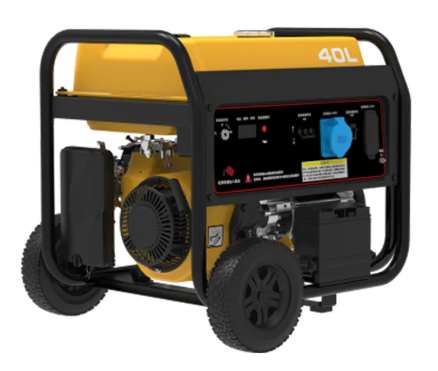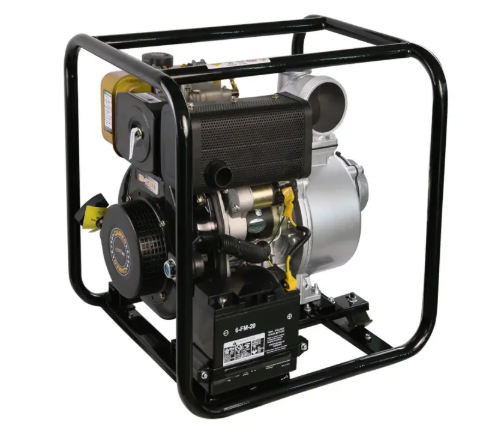distribution transmission and generation
Distribution transmission and generation form the backbone of modern power systems, comprising a complex network that ensures reliable electricity delivery from power plants to end users. This integrated system begins with power generation facilities, where electrical energy is produced through various methods including thermal, hydroelectric, nuclear, and renewable sources. The generated power then moves through transmission networks, consisting of high voltage lines and substations that efficiently transport electricity over long distances. The distribution segment acts as the final stage, stepping down voltage levels through transformers and delivering power directly to homes and businesses. Advanced monitoring systems and smart grid technologies enhance the network's reliability, enabling real time load management and rapid fault detection. The system incorporates sophisticated protection mechanisms, including circuit breakers and surge arresters, to maintain stability and prevent widespread outages. Modern distribution systems also accommodate bi directional power flow, essential for integrating distributed energy resources like solar panels and wind turbines. The entire infrastructure is designed with redundancy and automated switching capabilities to ensure continuous power supply, even during maintenance or emergency situations.


